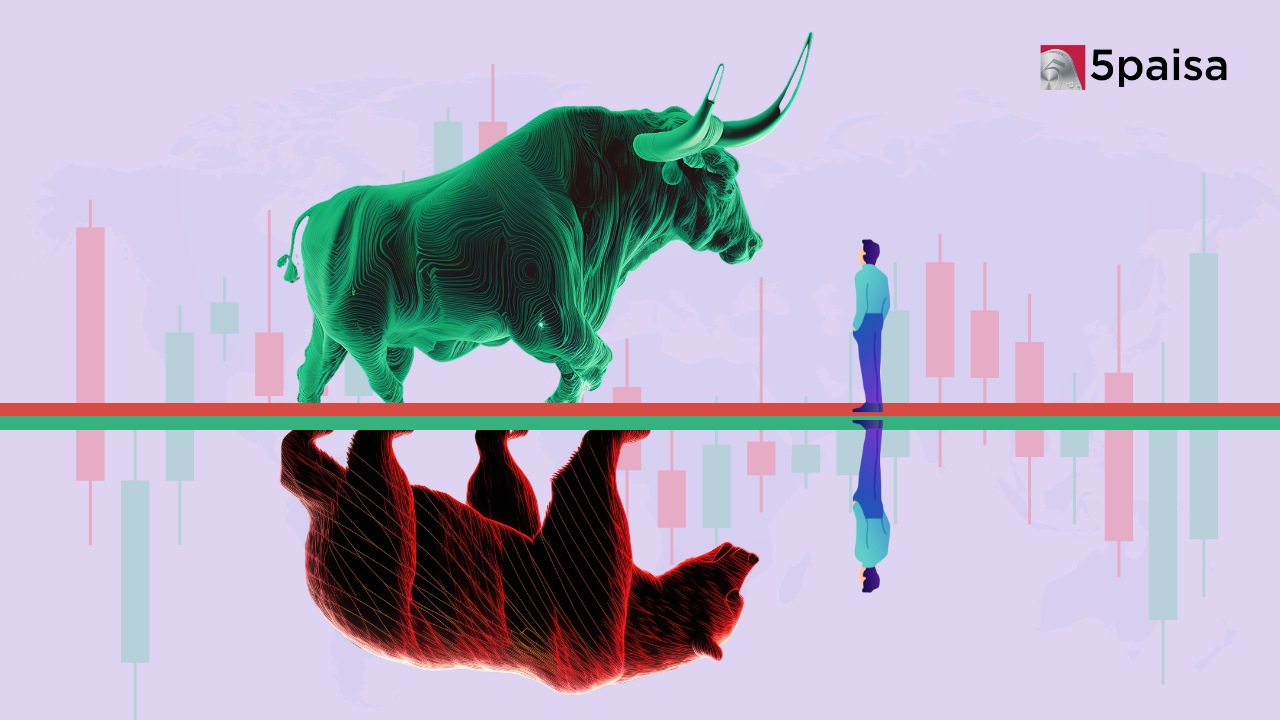iThe current values are delayed, open demat account for live values.
BSE 200
BSE 200 Performance
-
Open
10,331.16
-
High
10,361.20
-
Low
10,234.04
-
Prev Close
10,338.70
-
Dividend Yeild
1.23%
-
P/E
21.91

Color code for Stocks Performance
- 5% and above
- 5% to 2%
- 2% to 0.5%
- 0.5% to -0.5%
- -0.5% to -2%
- -2% to -5%
- -5% and below
Constituent Companies
| Company | Market Cap | Market Price | Volume | Sector |
|---|---|---|---|---|
| ACC Ltd | ₹35375 Cr |
₹1882.7
(0.4%)
|
19096 | Cement |
| Ashok Leyland Ltd | ₹65250 Cr |
₹221.8
(2.23%)
|
401646 | Automobile |
| Asian Paints Ltd | ₹216510 Cr |
₹2257.2
(1.48%)
|
85020 | Paints/Varnish |
| Bajaj Holdings & Investment Ltd | ₹135979 Cr |
₹12218.75
(1.07%)
|
2361 | Finance |
| Balkrishna Industries Ltd | ₹52319 Cr |
₹2701
(0.59%)
|
4302 | Tyres |
BSE 200 Sector Performance
Top Performing
| Sector Name | Percentage Change |
|---|---|
| IT - Hardware | 0.36 |
| Healthcare | 0.09 |
| Dry cells | 0.77 |
| Real Estate Investment Trusts | 0.52 |
Under Performing
| Sector Name | Percentage Change |
|---|---|
| Diamond, Gems and Jewellery | -0.7 |
| Leather | -0.39 |
| Ceramic Products | -0.27 |
| IT - Software | -0.74 |
BSE 200
The Indian stock market is primarily tracked by two major indices, Sensex and Nifty, but they alone do not capture the entire economy's movement. Sensex, for instance, tracks only the top 30 stocks by market capitalization listed on the BSE. With the rapid growth of the Indian stock market, the number of companies listed on the BSE surged to 3,200 by March 1994.
This expansion created a need for a broader index that could reflect a larger number of stocks across various industries. To address this, the BSE launched two comprehensive indices in May 1994: the BSE 200 and its dollar-denominated counterpart, Dollex 200. These indices were created to more accurately represent the growing diversity of the market and provide investors with a broader market view.
What is the BSE 200 Index?
The S&P BSE 200 Index is an index consisting of 200 stocks, ranked by market capitalization and trading volumes on the Bombay Stock Exchange (BSE). Unlike the Sensex, which tracks only major companies, the BSE 200 provides a broader representation of the Indian economy, reflecting the performance of a wider range of sectors.
The index is float-adjusted, meaning its value fluctuates based on changes in the share prices of its constituents. Together, these 200 companies represent about 80-85% of the total market capitalization on the BSE. As a result, movements in the S&P BSE 200 index offer valuable insights into the future direction of the Indian economy.
How is the BSE 200 Index Value Calculated?
The BSE 200 index is calculated using float-adjusted market capitalization, which includes only the value of shares available for trading in the market. This means shares held by promoters, employees, or the government, which are restricted from free trading, are excluded when calculating the index value. The companies in the BSE 200 are reviewed and adjusted biannually, with additions or deletions made in June and December.
To calculate the free-float market capitalization, you simply multiply the float factor (the percentage of shares available for free trading) by the company's total market capitalization. This method gives a more accurate reflection of the stock's market value based on the shares that are actively traded.
BSE 200 Scrip Selection Criteria
To be considered for inclusion in the BSE 200 index, companies must meet several important criteria. First, they should be listed and actively traded on the Bombay Stock Exchange (BSE) for at least six months. This ensures a consistent trading history and performance track record.
Additionally, these companies must be highly liquid, meaning they should have been traded during at least 95% of the trading sessions on the BSE over the past six months. This liquidity requirement ensures that the stocks are frequently traded and accessible to investors.
Furthermore, companies should demonstrate a strong average traded value, specifically exceeding ₹5 billion, indicating their significance and active participation in the market.
Lastly, the companies included in the index must generate their revenue primarily from core business activities, ensuring that their performance in the market accurately reflects their main operational strengths. These criteria together ensure that the BSE 200 index represents well-established, liquid, and fundamentally sound companies in the Indian stock market.
How does BSE 200 work?
The BSE 200 index tracks the performance of the top 200 companies listed on the Bombay Stock Exchange (BSE), selected based on market capitalization and trading volumes. The index is calculated using float-adjusted market capitalization, which includes only the value of shares available for public trading. Shares held by promoters, employees, or the government are excluded.
The BSE 200 index is rebalanced semi-annually in June and December to reflect changes in the market. Companies are added or removed based on their liquidity, trading activity, and financial performance. By tracking a broad range of companies, the BSE 200 provides a more comprehensive view of the Indian stock market, helping investors gauge overall market trends and economic growth.
What are the Benefits of Investing in the BSE 200?
Investing in the BSE 200 offers several benefits. It provides broad exposure to the Indian stock market by including 200 top companies from various sectors, offering diversification and reducing the risk of relying on a few stocks. The index is calculated using float-adjusted market capitalization, ensuring that only actively traded shares are considered, which improves liquidity and market representation.
Additionally, the BSE 200 is rebalanced semi-annually, keeping it up-to-date with the latest market trends and ensuring that it reflects the evolving economy. For investors, it offers a more comprehensive view of market performance compared to narrower indices like the Sensex, helping them make informed decisions.
What is the History of the BSE 200?
The BSE 200 index was launched in May 1994 by the Bombay Stock Exchange (BSE) to provide a broader representation of the Indian stock market. Before its introduction, indices like the Sensex tracked only a small number of large-cap stocks, which limited their ability to reflect the overall market. With the rapid growth of listed companies in the early 1990s, the need for a more comprehensive index became clear.
The BSE 200 was designed to include the top 200 companies based on market capitalization and liquidity, offering a better picture of India’s economic and stock market trends. Since its launch, the index has become a key benchmark for tracking the broader market.
Other Indices
| Indices Name | Price | Price Change (% change) |
|---|---|---|
| India VIX | 14.53 | -0.15 (-1.02%) |
| Nifty 10 Yr Benchmark G-Sec | 2477.38 | -3.81 (-0.15%) |
| Nifty 10 Yr Benchmark G-Sec (Clean Price) | 893.06 | -1.58 (-0.18%) |
| Nifty 100 | 23274.05 | -137.35 (-0.59%) |
| Nifty 100 Alpha 30 Index | 16085.8 | -230.85 (-1.41%) |
Faqs
How To Invest in BSE 200 Stocks?
To invest in BSE 200 stocks, you can buy individual stocks listed in the index through a Demat account. Alternatively, you can invest in ETFs or index funds that track the BSE 200 Index, offering a diversified and cost-effective way to gain exposure to top large-cap companies.
What are BSE 200 stocks?
BSE 200 stocks are the top 200 companies listed on the Bombay Stock Exchange (BSE), selected based on market capitalization and liquidity, representing a broad range of industries in India.
Can you trade shares on BSE 200?
Yes, you can trade shares of companies listed in the BSE 200 Index through a Demat account. You can buy and sell these stocks during market hours like any other listed stock. Additionally, you can invest in ETFs or index funds based on the BSE 200 Index for broader exposure.
In which year was the BSE 200 Index launched?
The BSE 200 Index was launched in May 1994 by the Bombay Stock Exchange (BSE).
Can we buy BSE 200 and sell it tomorrow?
Yes, you can buy BSE 200 stocks and sell them the next day, following the BTST (Buy Today, Sell Tomorrow) strategy. This allows you to take advantage of short-term price movements without waiting for the usual settlement period.
Latest News
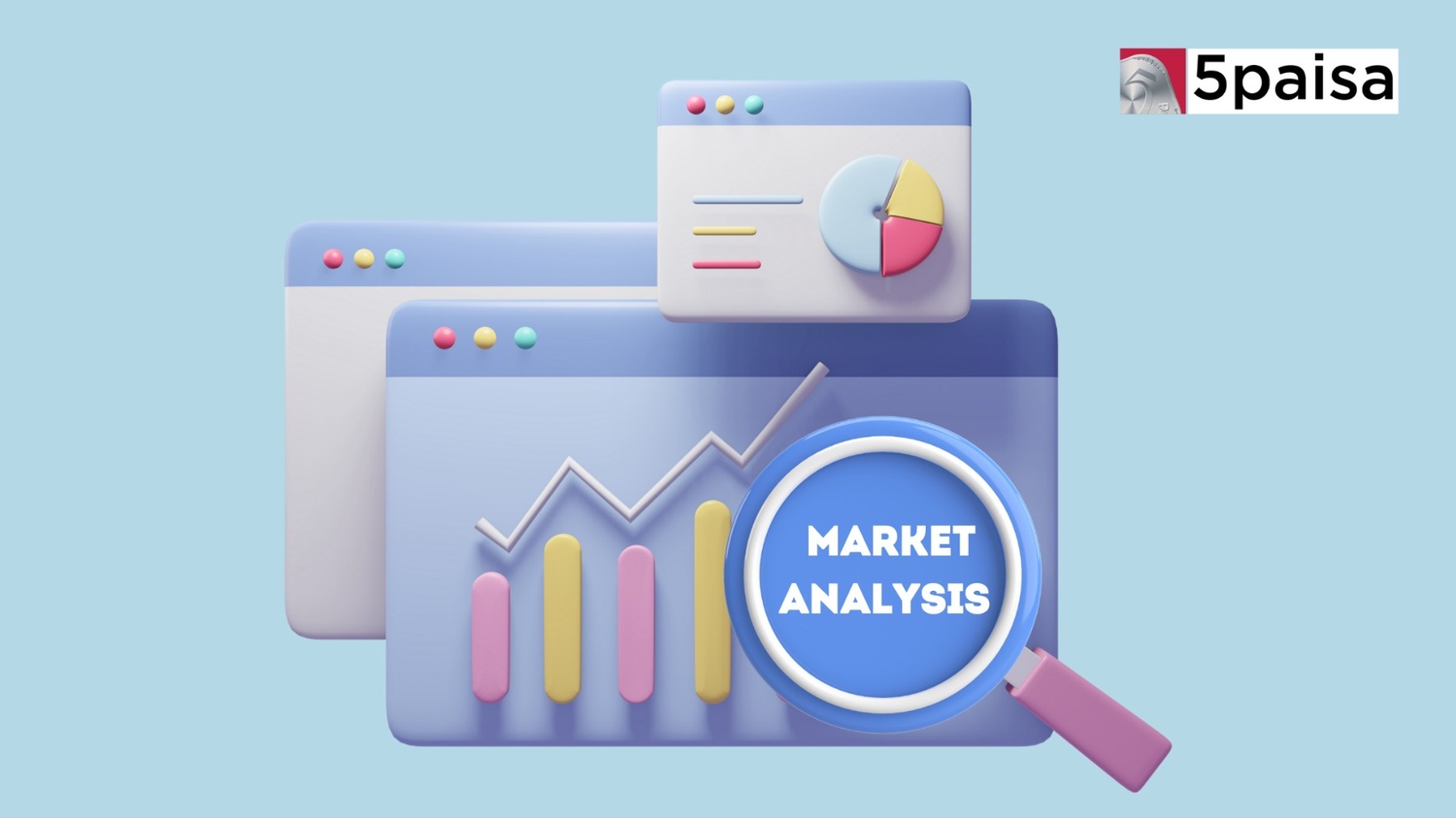
- Feb 21, 2025
Indian stock markets ended in the red as key indices faced pressure from auto and financial stocks. The Sensex fell 424 points to close at 75,311, while the Nifty slipped 117 points to end at 22,795. The sell-off was led by the auto sector, which tanked 2.5% following reports of a potential reduction in import duties on EVs.
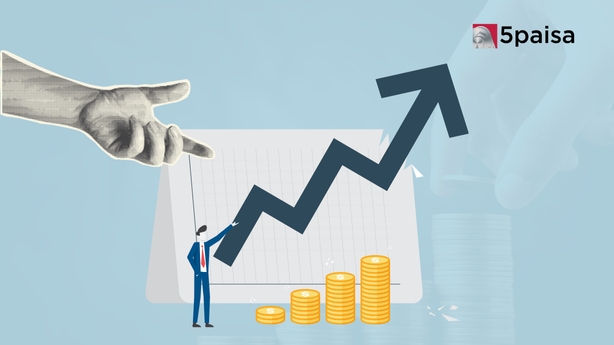
- Feb 21, 2025
The ownership structure of India Inc. is experiencing a significant transformation, with foreign portfolio investors (FPIs) reaching their lowest stake in NSE-listed companies in 13 years. In contrast, domestic mutual funds (MFs) and retail investors are making substantial gains.
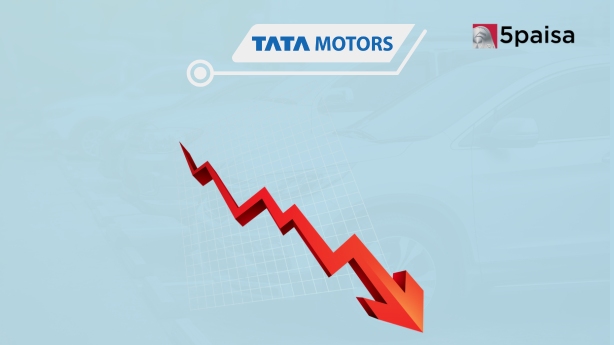
- Feb 21, 2025
Amid reports of senior executives departing Tata Motors Ltd. ahead of its planned demerger, the company’s stock faced significant selling pressure during Friday’s early trading session. Tata Motors' share price opened lower at ₹686 per share on the NSE and quickly dropped to an intraday low of ₹673.30 within the first hour of trading.

- Feb 21, 2025
Regulated entities must cultivate the necessary capabilities to adapt to and adhere to evolving regulations, stated Rajeshwar Rao, deputy governor of the Reserve Bank of India (RBI), on February 21. As financial institutions increasingly adopt artificial intelligence (AI), cloud computing, and API-driven finance, the demand for strong governance frameworks and risk management strategies has never been more critical, he noted.
Latest Blogs
Introduction to Ashish Kacholia Ashish Kacholia's financial journey began in the 1990s. He gained valuable experience at firms like Prime Securities and Edelweiss before founding Lucky Securities in 1995. In 1999, he co-founded Hungama Digital with Rakesh Jhunjhunwala, showcasing his ability to spot emerging trends.
- Oct 10, 2025

Navigating the numerous banking options in India is essential for individuals and businesses alike. The best banks in India go beyond traditional banking, offering a wide array of financial services that play a crucial role in the country's economic stability. From innovative digital banking solutions to comprehensive investment and loan offerings, these famous banks in India serve as reliable financial partners.
- Apr 14, 2025

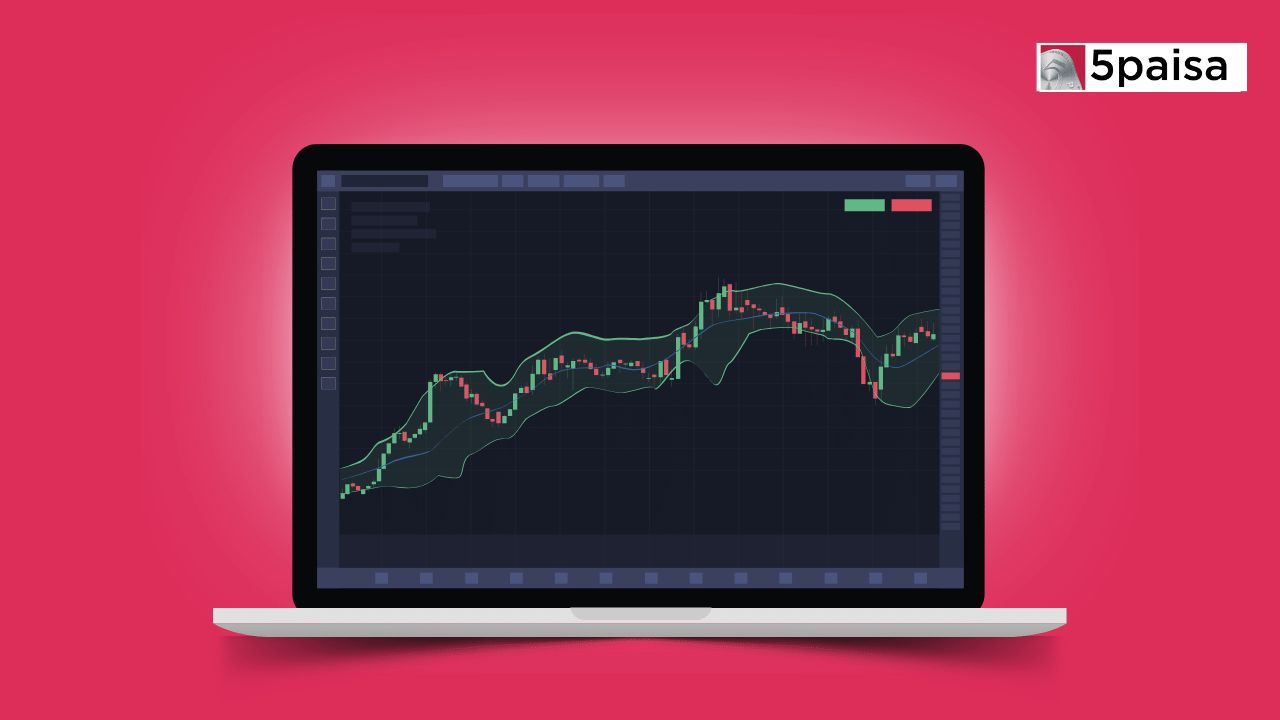
Nifty Prediction for 24th February Another weak day for the NIFTY as it falls 0.6% and closes marginally below 22800. Auto stocks corrected sharply on concerns over a new EV policy that could increase competition. M&M was the top loser at -6%. TATAMOTORS also corrected 2.5%. ADANIPORTS AND WIPRO were among the other top losers. On the other hand, HINDALCO, SBILIFE AND TATASTEEL bucked the trend and were up 2-2.5%. ADR was weak at 0.3 and indicates a broadbased correction.
- Feb 21, 2025
